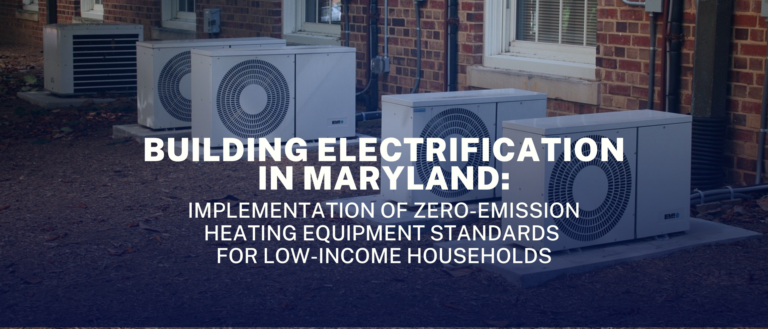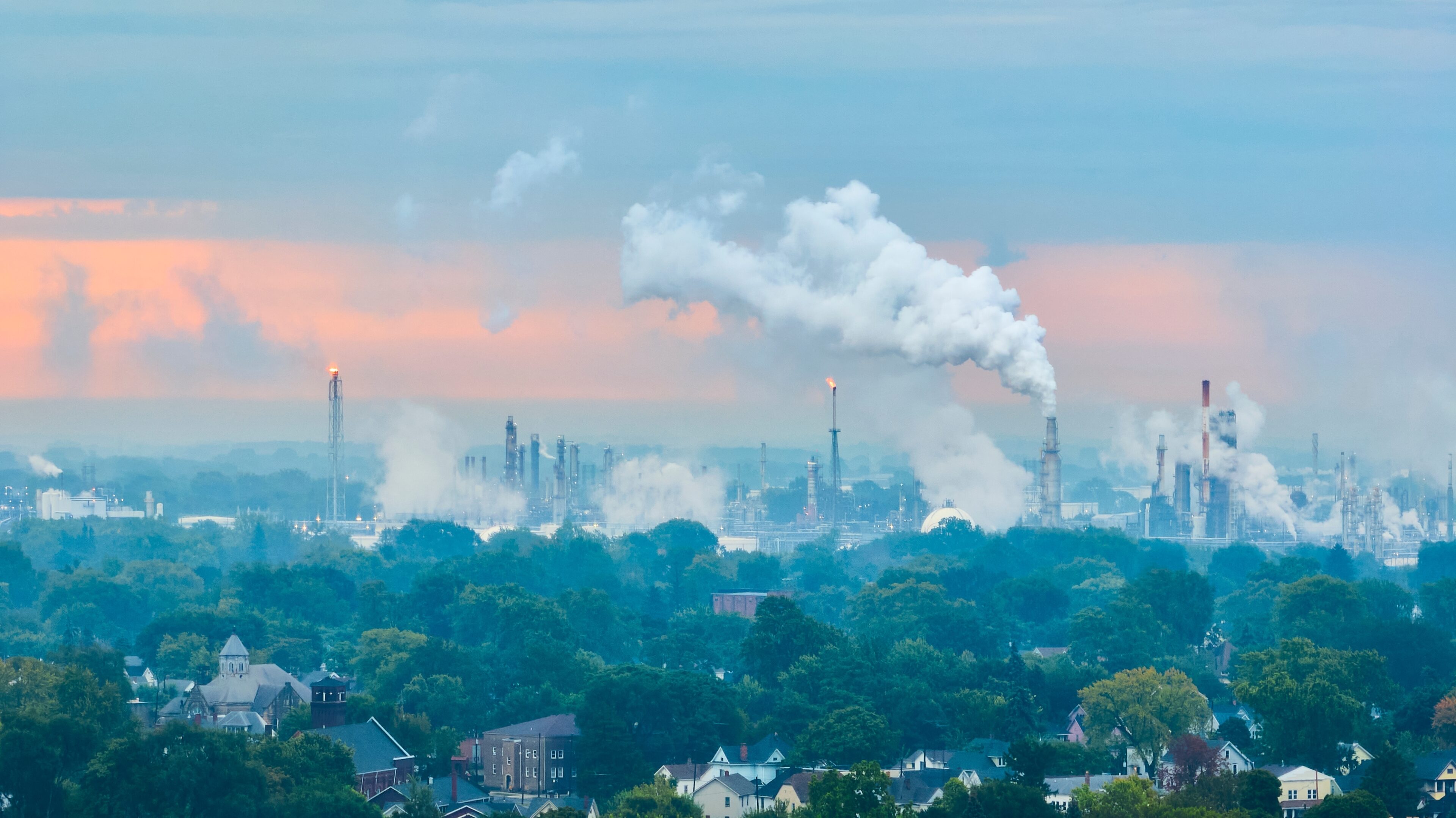Since Day One, the Trump administration has aggressively pursued policy actions that match the recommendations contained in Project 2025. We have been tracking the administration’s actions since February, and our Executive Action Tracker (jointly maintained by the Center for Progressive Reform and Governing for Impact) highlights the speed and effectiveness with which the administration has advanced Project 2025’s goals.
According to our latest analysis, the Trump administration managed to initiate or fulfill more than 47 percent of the Project 2025 domestic regulatory agenda before the current government shutdown. This represents a substantial increase in the administration’s progress since April, when we found that 28 percent of the agenda had been completed.
In all, 251 of the 532 recommended actions identified in the tracker have been fully or partially completed, with the vast majority of them being actions that directly match the letter of Project 2025. The image below shows these numbers, depicting actions that have been initiated or completed (both direct and indirect) and pending actions.
To get a better sense of how these actions are distributed, we grouped them by agency (the 20 agencies within the executive branch explicitly called out in Project 2025) and divided them into direct, indirect, and pending. Direct actions are those that were initiated or completed by the agency listed as the responsible in Project 2025, and indirect actions are those that achieve the same policy goal but that were implemented by other agencies or Congress.
A clear example of an indirect action is the rollback of Resource Management Plans, crafted by the Bureau of Land Management, which is being achieved using Congressional Review Act resolutions. Despite not being rescinded by BLM, like Project 2025 asked for, the ultimate goal is still being fulfilled.
Similarly, Project 2025 called for restoring the Department of Transportation’s primacy on setting auto fuel efficiency, which is technically being pursued by having the Environmental Protection Agency abandon greenhouse emission standards altogether. This case also shows that, in some cases, the administration has gone beyond even Project 2025’s already extreme recommendations.
Moreover, it’s clear that many of the Trump administration’s signature actions arguably fit the spirit of Project 2025 — centralizing power within the White House or weakening civil rights for marginalized populations — though they were not explicitly called for in the plan. The Department of Government Efficiency (DOGE) seizure of agency information systems and the attacks on universities would fall into this category, for example.
If there were any doubts about the administration’s position regarding Project 2025, Trump explicitly embraced it by the time the government shut down, making clear that he intends to use this development as an opportunity to advance the Project’s conservative and authoritarian policy agenda.
To better understand the overall impact of these recommendations on the current administration, visit our Executive Action Tracker.
Showing 2,931 results
Federico Holm | October 15, 2025
Since Day One, the Trump administration has aggressively pursued policy actions that match the recommendations contained in Project 2025. We have been tracking the administration’s actions since February, and our Executive Action Tracker (jointly maintained by the Center for Progressive Reform and Governing for Impact) highlights the speed and effectiveness with which the administration has advanced Project 2025’s goals.

Bryan Dunning, Christopher Stix | October 14, 2025
In the past year, Maryland residents have seen their heating bills skyrocket, which has largely been tied to increased costs of methane gas distribution. These costs are expected to worsen as increased spending on the distribution system must be repaid over the next several decades. At the same time, greenhouse gas emissions from burning fossil fuels in the home contribute substantially to climate change, and pollution from fossil fuel heating also has a substantial impact on residents’ health. In a new report published today, we explore policies designed to tackle these challenges and provide analysis and recommendations on how to make the transition to updated heating technologies and building electrification more equitable and effective for low-income Marylanders.

Minor Sinclair | October 7, 2025
The Presidential Memorandum (NSPM-7) on Countering Domestic Terrorism and Organized Political Violence released last week pushed the United States one step closer to a country where the right of freedom of speech and peaceful protest no longer exists.

Federico Holm, James Goodwin | September 15, 2025
To say that the policy priorities of the Trump administration represent a U-turn from the Biden administration is a severe understatement. The recent release of the long-awaited Spring 2025 Regulatory Agenda — the first of the current Trump administration — provides us with our first concrete picture of just how far the regulatory policy pendulum is going to swing. From climate and energy to public health, the current administration is systematically undermining important advancements achieved during the previous cycle.

James Goodwin | September 3, 2025
Public participation is a defining feature of the modern administrative state. One of administrative law’s functions is to ensure meaningful participation by relevant stakeholders. Importantly, as the public’s expectations of and demands for what participation mechanisms are meant to accomplish have evolved, policymakers and the courts have updated administrative law requirements and doctrines.

Catalina Gonzalez, James Goodwin | August 26, 2025
Last week, the Environmental Protection Agency (EPA) hosted four days’ worth of hearings to gather public testimony on its proposal to rescind the 2009 endangerment finding and the suite of existing greenhouse gas (GHG standards for cars and trucks that the finding supplies the legal justification for. The vast majority of the participants testified in strong opposition to the proposal, and included a broad cross-section of our society: faith leaders; a high school student; community organizers; and concerned grandparents.

Daniel Farber | August 21, 2025
Not that long ago, conservatives demanded that the government balance costs and benefits. They still do, but with a twist: They demand special limits on consideration of environmental effects. But that makes no sense. Whatever rules we have about costs should apply to all types of costs, and the same with benefits. The result of skewing the analysis is, not surprisingly, that we get conservative results more often.

James Goodwin | August 12, 2025
For conservatives and many political centrists, there was a clear villain to blame for congressional dysfunction: Chevron deference. Repealing this legal doctrine — which generally called on federal courts to defer to agency interpretations of ambiguous statutory provisions they are charged with implementing — would inaugurate a new Golden Age of Article I primacy and productivity, they claimed.

Daniel Farber | July 29, 2025
If a tree falls in the forest but no one hears it, does it still make a sound? If a law hasn’t been formally repealed but can be violated with complete impunity, is it still in effect? I’ll leave the first question to philosophers, but the second one could have major legal implications. Here’s why.